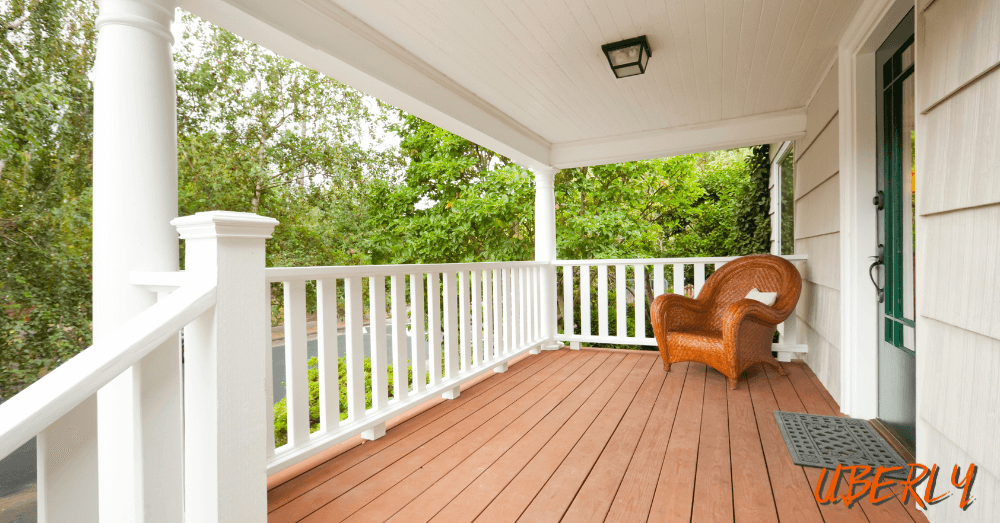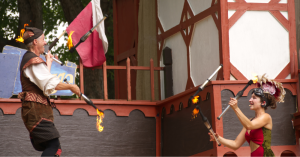Picture this: you’re walking down a tree-lined street on a sunny Saturday afternoon, and suddenly you hear the strum of a guitar coming from someone’s front porch. A small crowd has gathered on the lawn, kids are dancing on the sidewalk, and neighbors who barely wave during the week are now sharing lawn chairs and cold drinks. Welcome to the grassroots revolution that’s turning America’s front yards into concert venues.
- PorchFest events have exploded from one neighborhood in Ithaca, NY to over 230 communities nationwide
- These free, volunteer-run festivals feature everything from bluegrass and indie rock to classical quartets performing on residential porches
- Communities like Carmel, IN blend PorchFest with year-round street concerts, creating a new model for neighborhood-driven cultural programming
When Front Porches Became Concert Stages
The movement started in 2007 when two music-loving neighbors in Ithaca, New York, decided their community needed more live music. Gretchen Hildreth and Leslie Greene came up with a simple but smart idea: What if people opened their porches to local musicians for an afternoon of free concerts? Audiences could stroll from house to house, discovering new artists while connecting with neighbors they’d never really talked to before.
That first PorchFest in Ithaca’s Fall Creek and Northside neighborhoods was so successful it sparked a movement. Now, Porchfest Ithaca draws about 170 different performers each September, transforming porches, driveways, and front lawns into intimate music venues for thousands of visitors.
These events work because they feel personal. People bring camp chairs and blankets, families spread out on front lawns, and there’s something magical about hearing a violin quartet on someone’s stoop or watching kids dance to a funk band playing from a driveway. The barriers between performer and audience dissolve when everyone’s sitting in someone’s front yard.
From Coast to Coast: A National Phenomenon
The PorchFest concept has spread like wildfire across the country, with each community adding its own local flavor. In Decatur, Georgia, the Oakhurst Porchfest has become a fall tradition where over 200 porches turn into mini-concert venues, drawing thousands of visitors who walk the neighborhood streets like they’re navigating a music festival.
Somerville PorchFest in Massachusetts takes the concept even further, spreading across multiple neighborhoods and featuring everything from bluegrass and indie rock to classical quartets performing on stoops. The diversity of music mirrors the diversity of the community itself, with each porch offering something different.
Asheville, North Carolina, known for its eclectic music scene, lets porch gatherings naturally blend local craft beer with buskers and backyard bands. The city’s musical DNA makes these community-led block parties feel like extensions of its larger cultural identity.
Austin, Texas, has embraced “front yard fests” that complement the city’s famous SXSW festival. These intimate neighborhood shows offer something the big festivals can’t: genuine community connection. Meanwhile, in Boulder, Colorado, porch music nights align perfectly with the city’s creative district energy, where neighborhoods host informal jam sessions on lawns and stoops.
The Carmel Model: Street Concerts and Community Spirit
One of the most interesting developments has been in carmel in Carmel, Indiana, where the local PorchFest has evolved into a year-round community music program. Carmel PorchFest, now in its 12th year, features about 60 bands performing on approximately 20 porches throughout the Arts & Design District each September. But the organizers didn’t stop there.
They created Late Night on Main, a high-energy downtown concert series that brings live music to Main Street every month during the summer. These street parties start at 7 p.m. with food and beverage vendors, then feature local bands performing until late in the evening. It’s PorchFest energy scaled up for the city’s main commercial district, proving that the grassroots festival model can work in different formats.
Carmel’s approach creates a pipeline for local musicians while building community throughout the year. The September PorchFest showcases neighborhood talent, while Late Night on Main gives those same artists a larger stage downtown. It’s community development through music programming, plain and simple.
More Than Just Music
These festivals work because they solve a problem many communities face: how do you create genuine connections in an increasingly disconnected world? Traditional music festivals can feel anonymous and commercial. Neighborhood festivals, by contrast, are intensely local and personal.
In Madison, Wisconsin, porch-based festivals pop up during summer as part of the city’s larger emphasis on DIY arts and community-driven culture. Each event feels organic rather than corporate, planned by neighbors for neighbors.
The volunteer aspect is crucial. These aren’t professionally managed events with big sponsors and security fences. They depend on homeowners willing to open their property, musicians willing to play for tips and exposure, and community members willing to help with setup, promotion, and logistics. That grassroots energy creates an authenticity you can’t manufacture.
The Ripple Effect
The success of PorchFest events has inspired other forms of neighborhood programming. Cities are seeing increases in block parties, community garden concerts, and informal jam sessions. The model proves that people crave authentic, local experiences where they can connect with their immediate community.
Some cities now have multiple PorchFest events throughout the year. Los Angeles just held its second annual Porchfest across East Hollywood, Los Feliz, and Silver Lake, while new events launched in 2025 in places like Chattanooga, Tennessee, and Winterset, Iowa. Each community adapts the basic concept to fit local culture and geography.
The format works in urban neighborhoods with densely packed houses and suburban areas with sprawling front yards. It works in college towns like Ithaca and established communities like Carmel. Every successful event shares the same foundation: neighbors willing to open their spaces and share their love of music.
Building Community One Song at a Time
An idea that started in upstate New York has become a movement that’s redefining how communities think about public space and cultural programming. These festivals prove that the best entertainment often happens in the most unexpected places. A front porch might not seem like a concert venue, but when you add musicians, neighbors, and genuine community spirit, it becomes something special.
PorchFest events work because they’re accessible. There are no ticket prices, VIP sections, or parking fees. Kids can run around, dogs can join the audience, and everyone from professional musicians to first-time performers can participate. It’s democracy in action, with porches as polling booths and music as the vote for community connection.
As these festivals continue spreading across the country, they’re proving that sometimes the most powerful cultural movements start small. One porch, one neighborhood, one song at a time, communities are rediscovering the simple joy of making music together. And in a world that often feels divided, maybe that’s exactly what we need.






More Stories
Death Valley’s Runaway Rocks Caught on Camera: Mystery Cracked
Officially Ridiculous: Wacky World Records that Make You Say Wait, What?
The Bubble Man, the Houseboat Crowd, and the Wild World Beyond Pontoon Boats